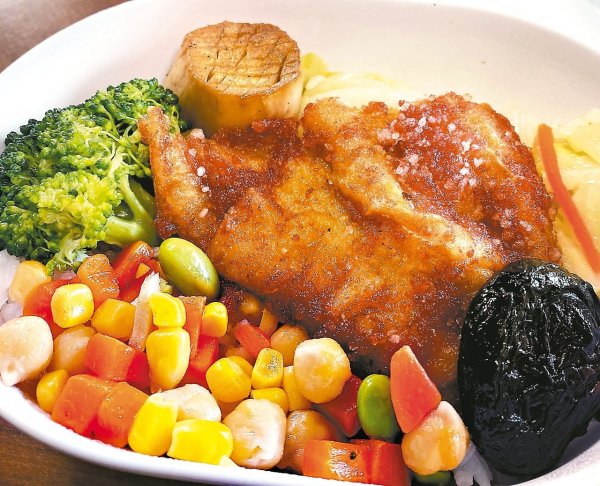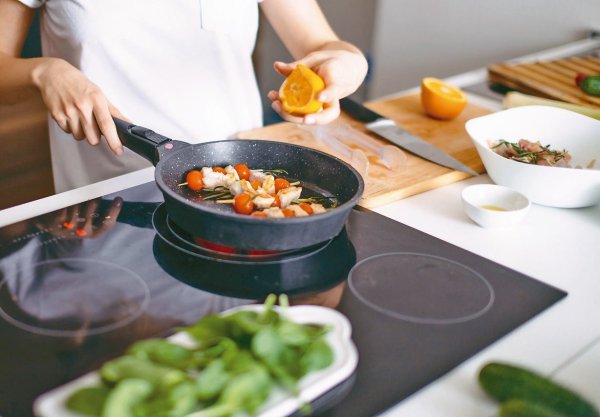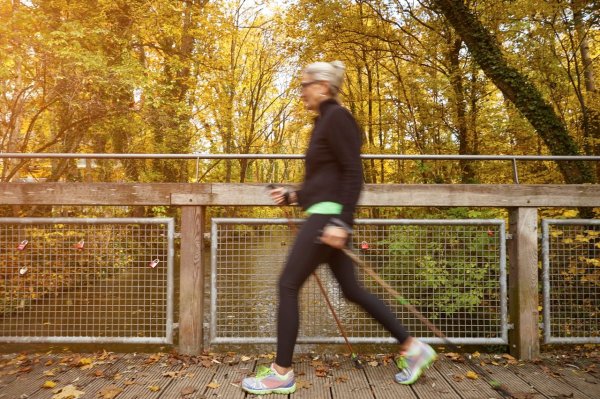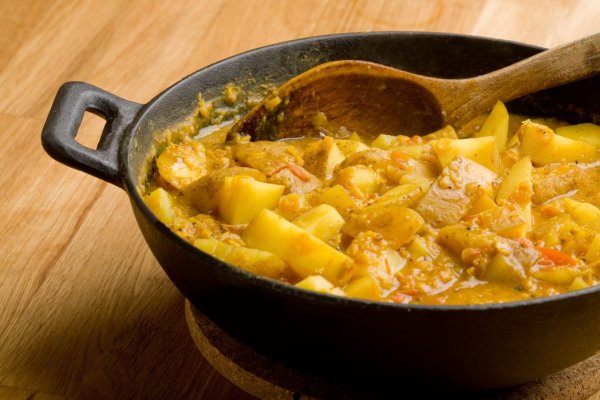Make the immune system lighter! Experts recommend 9 sports suitable for mature people, and can do it with powerless knees.

If you want to live, you have to move! As we grow older, the physical energy status is prone to decline. Elderly people should maintain daily activities, which can help even light activities. In addition, there is a positive relationship between sports and long-term poverty, and British research has found that sports can maintain the age and efficiency of the immune system. Experts recommend 9 types of sports suitable for seniors, reminding the public to maintain regular sports habits to improve muscle strength, activate brain, and prevent dementia.
Chen Yijun, physical therapist at Nantou Hospital, said that seniors over 65 should maintain daily activities to reduce the time to sit, lie down and stay unmoved. In fact, any type of activity is better than inactivity, and even light activities can help.
The so-called light activities must have "movement", such as: getting up and making a cup of tea, moving at home, walking slowly, cleaning and sweeping, tidying the bed or room, standing posture, etc.
The movement is much better! Aerobic exercise and muscle strength training are both important. In addition, it is recommended to maintain regular sports habits. Among the elderly who exercise regularly, the thymus that produce immune T cells are significantly larger than those of the elderly who do not exercise, and are even comparable to young people.
Chen Yijun explained that the benefits of elderly people's exercise include: improving the immune system, strengthening bones, making better balance, activating brain connections, preventing dementia and improving cognitive function, etc.
movements are divided into four categories, with equal importance, namely aerobic exercise, strength training, balanced exercise, and soft exercise.
Aerobic exercise mainly involves training overall health and endurance; strength training can strengthen muscles and bones, balanced exercise can strengthen balanced muscles and prevent falls; soft exercise can increase the activity angle and reduce stiffness.
World Health Organization recommends that at least 150 minutes of medium-strength exercises be accumulated per week, including 3 balance and anti-fall movements and 2 muscle strength training sessions to improve muscle strength, balance and softness and reduce the risk of falling.
Aerobic exercise is very simple! Dancing and riding bicycles are fun
Medium intensity aerobic exercise will increase the heart rate, increase the number of breaths, and the body also feels warmer. Common medium intensity aerobic exercises include: brisk walking, water aerobic exercise, riding bicycles, slow dance, double-playing netball, pushing weed machines, and far foot.
If you can still maintain the level of speaking but unable to sing during the exercise, it means that the movement being engaged has reached a moderate degree of strength.
Muscle strength training options are many! Taiyang boxing and yoga are great
In addition to aerobic exercise, it is recommended to add muscle training, which can be performed on the same day or different days of aerobic exercise. It must be selected based on your own health and ability. To achieve the effect of muscle strength training, you should exercise to the point where you need a short rest before you can continue to exercise.
Whether at home or in the gym, there are many ways to train, such as: lifting weighted shopping bags, yoga, Pilates, taicho, weighting, using resistance straps, push-supports, garden activities such as digging and slimming.
9 major sports suitable for elders! It is good to choose brisk walking and swimming
The following nine sports items are suitable for elderly people:
1. brisk walking (aerobic exercise)
Compared with jogging, it is a low-strength aerobic exercise, which can improve heart rate and muscle use. For people with weak knees or ankle feet, walking briskly is a better choice.
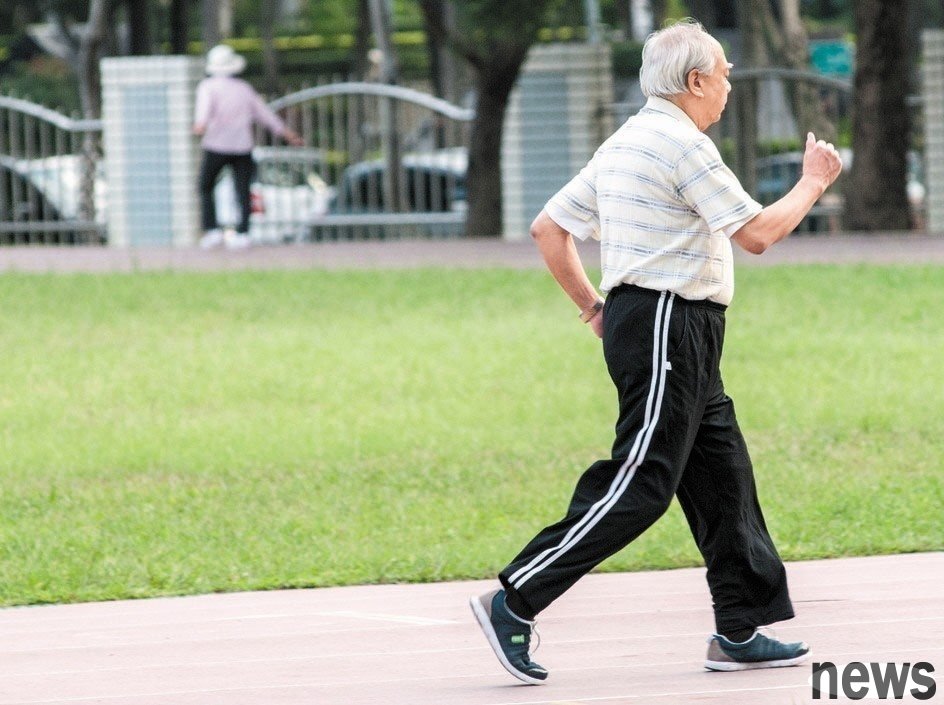
2. Fixed bicycles (aerobic exercise)
is a good form of aerobic exercise and does not cause any harm to the relevant period.
3. Swimming (aerobic exercise)
is supported by water buoyancy, which is a good exercise for people with inflammatory diseases and bone relief. The resistance provided by water will have a muscle training effect. You can still exercise in the water even if you don’t know how to swim.
4. Squats (Strength and Balance Training)
5. Taiyang Fist (Balance, Fitness Training)
6. Arm Weight (Strength Training)
Strengthen the upper back and shoulder muscle strength.
7. Fitness exercises (Strength balance training)
8. Stretch
Stretch all muscles to maintain flexibility to prevent stiffness.
9. Yoga (softness, balance, strength training)
●Original publication URL
●

